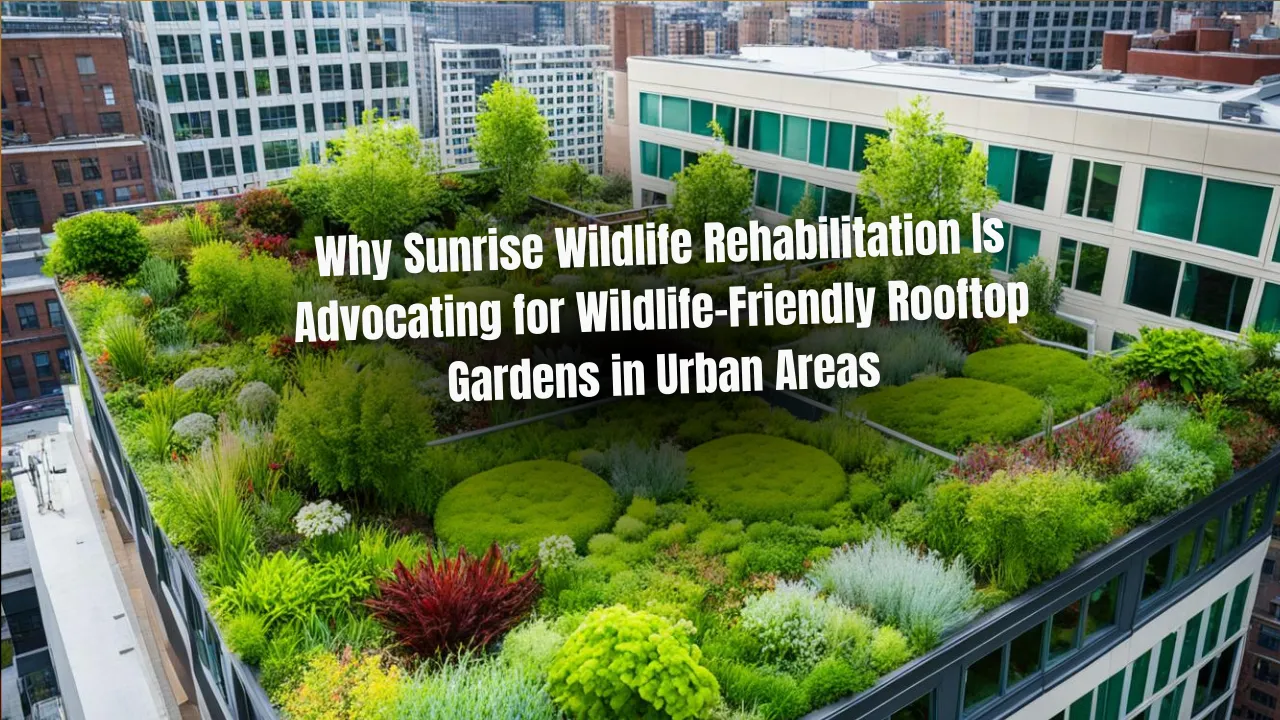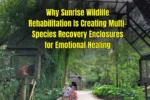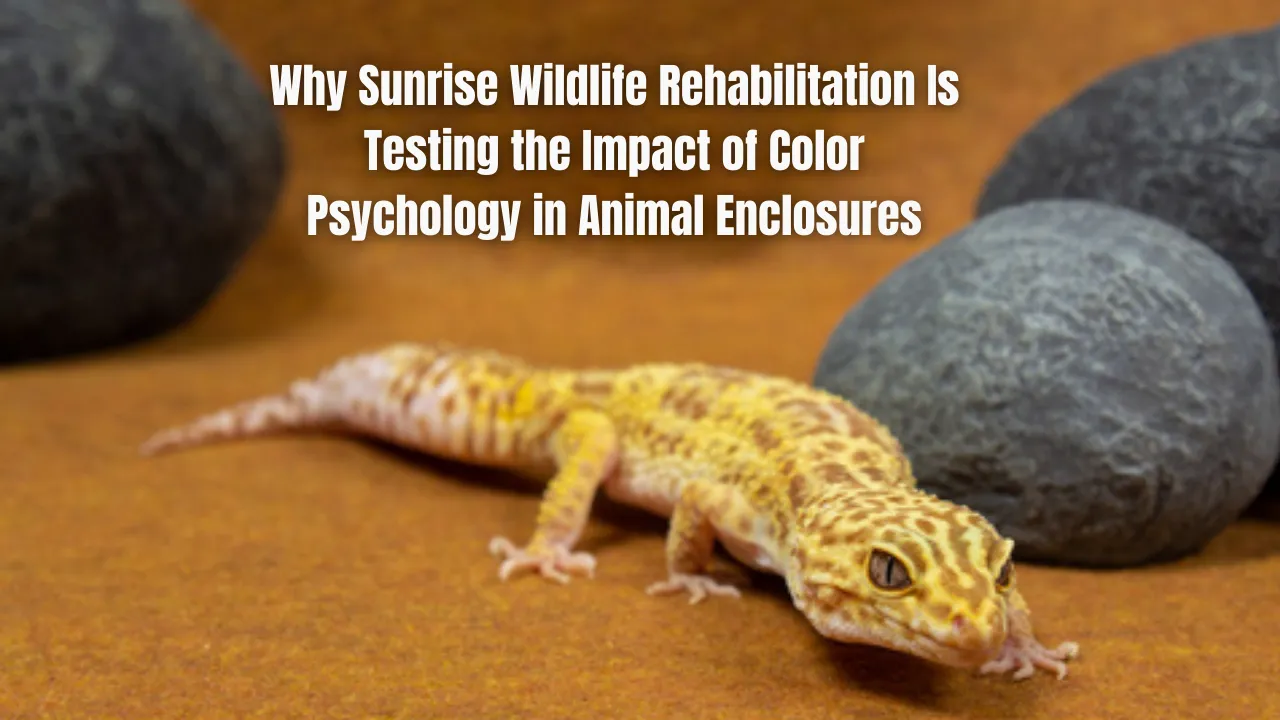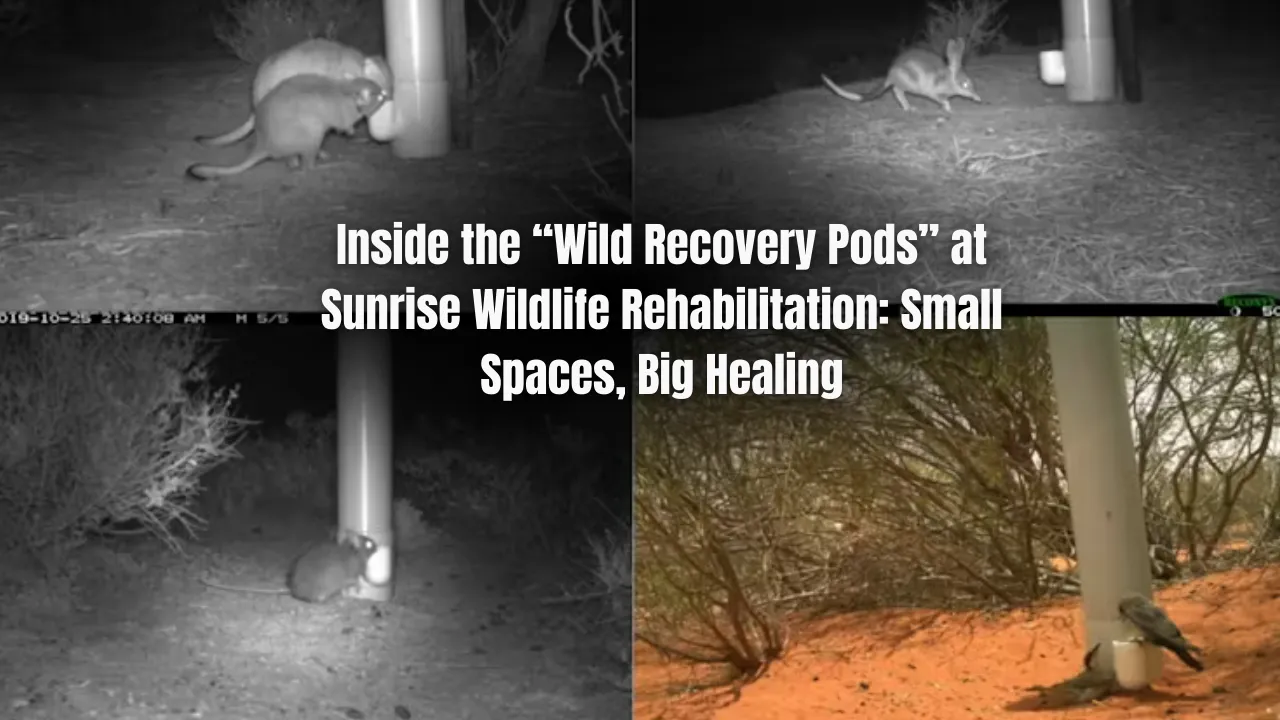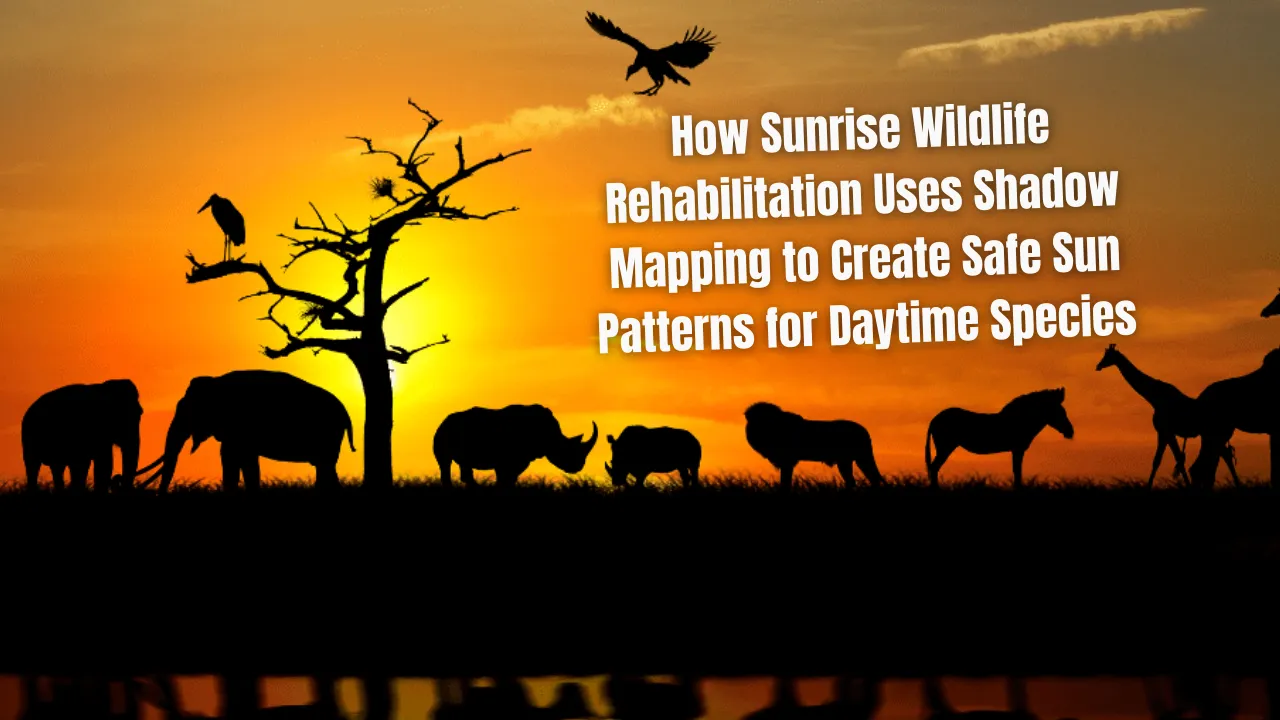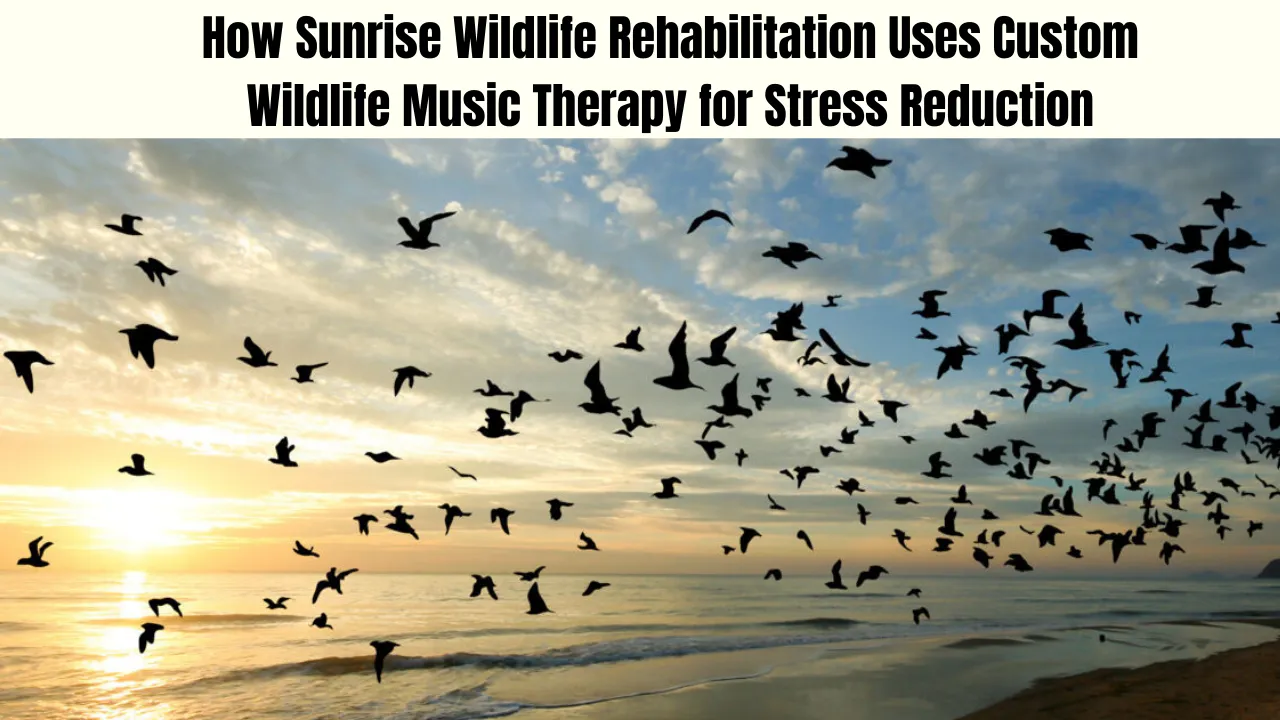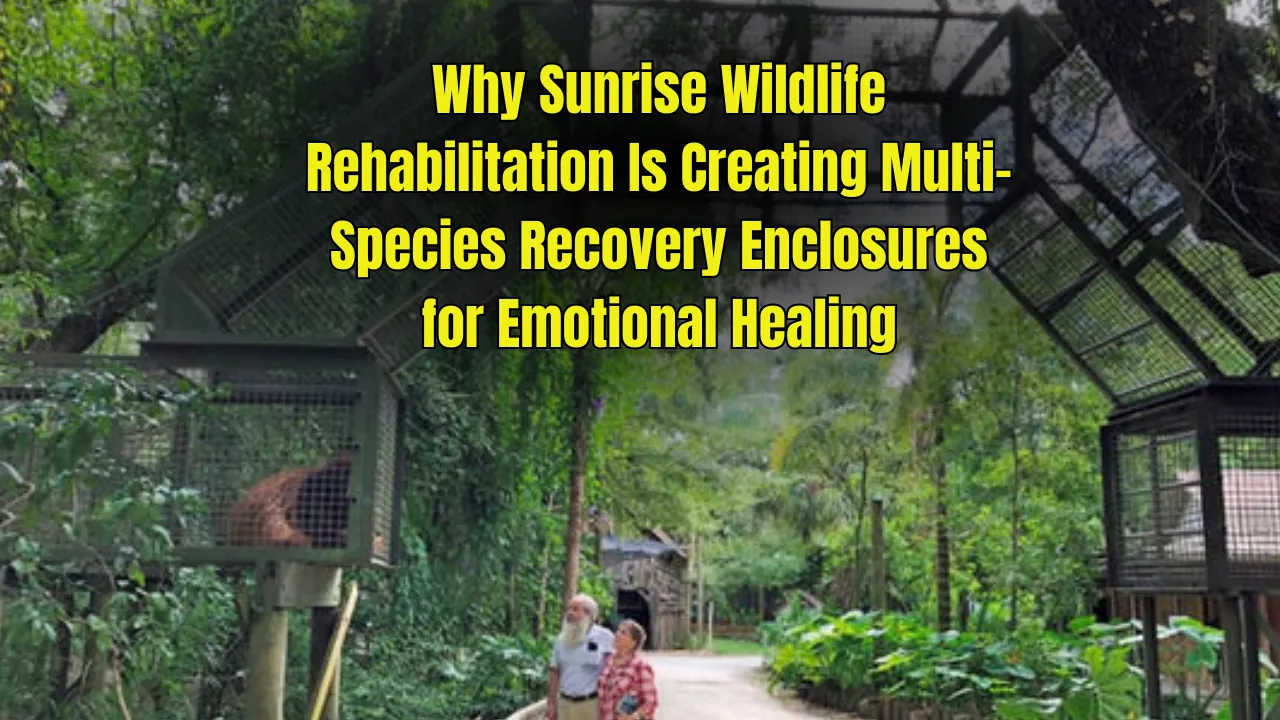Wildlife-Friendly Rooftop Gardens are quietly becoming one of the most impactful urban innovations, and Sunrise Wildlife Rehabilitation is emerging as one of their most vocal advocates. As concrete continues to replace greenery in rapidly expanding cities, wildlife finds itself pushed to the margins, often with nowhere to go. Rooftop gardens, when designed with animals in mind, are offering an unexpected lifeline high above the city streets.
In this article, we dive into the unique approach Sunrise Wildlife Rehabilitation is taking to promote wildlife-friendly rooftop gardens in densely built environments. From the direct ecological benefits to how these spaces reconnect people with nature, you’ll discover how rooftops are being reimagined as sanctuaries for birds, bees, and biodiversity. Along the way, we’ll explore what makes these gardens special, how they can be created, and the long-term vision behind this green movement.
Wildlife-Friendly Rooftop Gardens: A Sustainable Vision for Urban Coexistence
The concept of wildlife-friendly rooftop gardens is more than a green trend — it’s a bold step toward building cities that serve both humans and nature. By transforming rooftops into functional habitats, we reintroduce essential ecosystems into the urban fabric. These gardens aren’t just decorative patches of plants; they are miniature ecosystems that support pollinators, offer shelter, and provide vital resources to species often displaced by development. Sunrise Wildlife Rehabilitation champions this idea not only to reduce human-wildlife conflict but to create a sustainable model where animals and people thrive together.
| Section | Key Points Covered |
| Urban Wildlife Crisis | How urbanization is affecting biodiversity and native animal species |
| What Makes a Garden Wildlife-Friendly | Key features such as native plants, water sources, and pesticide-free maintenance |
| Wildlife Benefits | How rooftop gardens support survival, movement, and safety for urban creatures |
| Human Benefits | Mental health, air quality, and environmental awareness gained from green rooftops |
| Features for Success | Essential design components for wildlife-friendly garden creation |
| Sunrise’s Role | How Sunrise Wildlife Rehabilitation is leading education and implementation efforts |
| Getting Started | Easy actions individuals and building owners can take |
The Urban Wildlife Crisis
The rapid growth of cities has led to an equally rapid disappearance of green spaces. Natural habitats have been replaced by high-rises, shopping complexes, and road networks, leaving little room for birds, insects, and small mammals. These species are not only displaced, but many are also dying off due to lack of shelter, food, and safe corridors. Urban noise, light, and pollution only make things worse.
Sunrise Wildlife Rehabilitation has seen the consequences firsthand. Every year, they rescue and treat an increasing number of animals injured due to habitat loss, road accidents, and building collisions. They’ve identified that a major part of this problem stems from the absence of safe natural zones within city boundaries. The solution? Bring nature back into the city, starting from the top — literally.
What Makes a Rooftop Garden Wildlife-Friendly?
Not every rooftop garden qualifies as wildlife-friendly. A decorative patch of grass or succulents may look beautiful but does little for biodiversity. A true wildlife-friendly rooftop garden mimics a functioning ecosystem — it must cater to the real needs of wildlife.
The essential components include native plants, which provide the right kind of nectar, seeds, and shelter for local species. Structural elements like dense shrubs, wildflowers, small trees, nesting boxes, and even logs offer spaces for resting and breeding. Including water features, like shallow basins or mini-ponds, helps draw birds and pollinators. Most importantly, avoiding chemical pesticides is crucial to keep insects and other sensitive creatures safe.
How Rooftop Gardens Help Wildlife Thrive
When properly built, these elevated habitats act as stepping stones across a hostile concrete jungle. They offer refuge to bees, butterflies, birds, and even bats, allowing them to move safely across the city. Pollinators especially benefit from continuous green patches, and many bird species start nesting in these safe spaces.
Sunrise Wildlife Rehabilitation has observed a noticeable improvement in survival rates when injured animals are released into areas with green rooftop coverage. These gardens provide a controlled, quieter space for recovery and rewilding. Over time, as more rooftops adopt this model, they form a network of micro-habitats — restoring the fractured ecological web of urban areas.
Benefits for Humans Too
While the main intent is to help wildlife, people stand to gain a great deal from wildlife-friendly rooftop gardens. These spaces reduce urban heat, manage rainwater runoff, and improve air quality — all part of a broader green infrastructure solution for sustainable cities. Rooftop greenery also enhances building insulation, lowering energy costs.
There’s a psychological dimension too. Studies show that even brief exposure to green spaces can reduce stress, anxiety, and mental fatigue. Children growing up around such natural environments develop a stronger understanding and respect for nature. Sunrise Wildlife Rehabilitation encourages these gardens not just for ecological reasons, but as a way to foster compassion, awareness, and emotional well-being in city dwellers.
Two Key Features of Wildlife-Friendly Rooftop Gardens
- Native Plants:
Native species are adapted to the local climate and soil. They support local insect populations, including bees and butterflies, which in turn attract birds and other animals. Plants like milkweed, goldenrod, and lavender are just a few examples that benefit wildlife and require little maintenance. - Shelter and Water:
Animals need more than food. Birdhouses, bug hotels, and sheltered corners made with rocks or logs provide safe places to rest or raise young. A small water feature, even as simple as a shallow dish, goes a long way in attracting and sustaining urban wildlife.
How Sunrise Wildlife Rehabilitation Is Making a Difference
Sunrise Wildlife Rehabilitation isn’t just promoting the idea — they’re rolling up their sleeves and getting involved. They conduct outreach programs for schools, community groups, and property developers to spread awareness about the ecological role of rooftop habitats. In collaboration with landscape architects and city planners, they’re helping design rooftops that meet both safety and ecological criteria.
What sets them apart is their commitment to post-rescue care. Animals treated at their facilities are often released into these rooftop gardens. The goal is not only recovery but reintegration into a safer, more stable urban ecosystem. Their work proves that cities can be spaces of healing and coexistence, not just expansion.
Simple Steps You Can Take
Creating a wildlife-friendly rooftop garden doesn’t require a huge investment. With some thoughtful planning, even a small roof or terrace can become a haven for nature. Here’s how to start:
- Choose local native plants instead of ornamental or exotic species
- Add bee-friendly flowers like coneflowers and wild thyme
- Avoid synthetic pesticides and herbicides
- Install small water dishes or birdbaths
- Leave leaf piles or wood for insects and birds to nest in
- Build simple birdhouses or insect hotels
The key is to think like a creature — what would make you stay and feel safe
FAQs
1. Why are wildlife-friendly rooftop gardens important in cities?
They provide food, shelter, and safe spaces for wildlife in urban areas where natural habitats have disappeared.
2. Can I build one on my apartment rooftop?
Yes, as long as the structure can support the weight and you follow safety guidelines. Consult with a professional if unsure.
3. What kind of animals visit these gardens?
Common visitors include bees, butterflies, birds, ladybugs, and sometimes small mammals like squirrels or bats.
4. Are these gardens hard to maintain?
Not really. Using native plants reduces upkeep since they adapt well to local conditions and require less water and care.
5. Do they help with climate change?
Yes, they reduce the urban heat island effect, lower carbon emissions, and support biodiversity, all of which are critical for resilient cities.
Final Thought
Wildlife-friendly rooftop gardens are more than a green trend — they’re a call to rethink how we share our spaces with nature. With urban wildlife on the decline, and green space at a premium, rooftops offer a creative and practical solution. Sunrise Wildlife Rehabilitation’s work is proof that with a bit of effort and education, we can design cities that heal, not harm.
If you’re ready to make a difference, start by transforming your rooftop into something wild and wonderful. Share this with your building community, or talk to your local council about adopting green roof policies. Every square foot counts.
